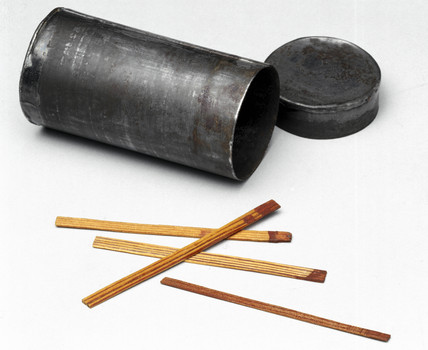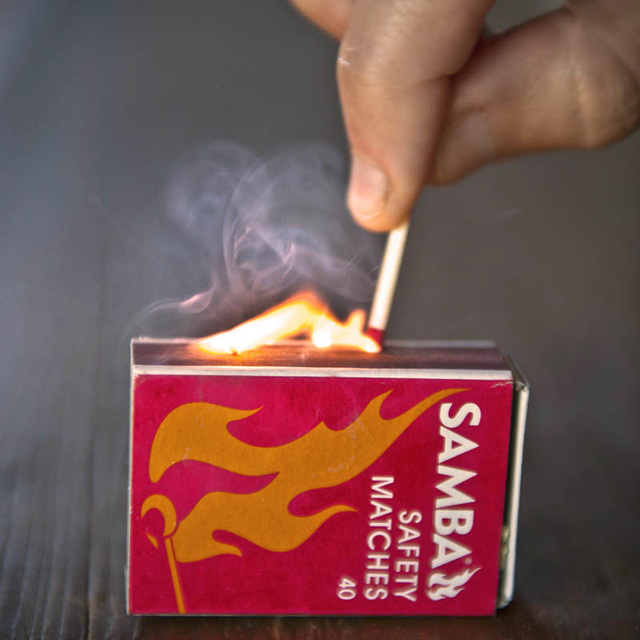John Walker refused to patent his invention and preferred to continue his scientific research instead.
11/27/1826 – John Walker invents the match
John Walker (May 29, 1781 – May 1, 1859) is an English chemist who accidentally invented a match on 11/27/1826 1826 by mixing potassium chloride with antimony sulfide. The first sale of his store was recorded on April 7, 827 under the name of “friction fires”. He refused to patent his invention and preferred to continue his scientific research. He does not reveal the exact lineup of the match he made.

Before that, many matches appeared as in 1681 an Englishman by the name of Robert Boie dipped sticks impregnated with sulfur in a solution of sulfur and phosphorus and thus the first matches were born in spite of themselves. Fire too fast, so the use efficiency is not high. Walker tried to figure out how he could help humans create fire with his own hands, although around this time gunpowder was born, but they still created intense flames while leaving the easy-to-use flame must burn slowly and not explode.
During an experiment with potassium chloride and antimony sulfide, he accidentally discovered that a mixture of these two substances ignites when there is a sufficiently large frictional force. Immediately, Walker considered how he could divide this magical mixture to use it over and over again. He grabbed a few toothpicks from a lab desk in the lab and turned them into tiny marbles and inserted a toothpick into them. The first matches went like this, although Walker himself admits they were too ugly. Later, Walker researched and changed the chemical composition of the match by adding sulfur with glue. In addition, he also changed the shape of the match by replacing toothpicks with smaller, stronger slices of wood when used. To aid in the lighting process, Walker also added to each tin matchbox a piece of sandpaper sprinkled with a layer of glass powder on top.

Although physicist Michael Faraday himself encouraged registration of the patent, John Walker still refused because he believed that what he really was a passion for science and that he did not need to paper proves it at all. John Walker himself has a local reputation as a botanist, expressed an interest in mineralogical research, and spent a great deal of time conducting chemical experiments. Walker never married and lived with one of his nieces and nephews.
In 1833, phosphorus-coated matches were born in Austria and Germany, but a problem arose because white and yellow phosphorus was so toxic to match workers, so in 1906 production was banned all over the world. Eventually, a non-toxic red phosphorus was found to produce safer matches. The first safe matches were produced in Switzerland in 1844. Now, instead of wrapping all the necessary chemicals on a match, red phosphorus is now applied to the surface of the box and you just need to put a match in it.


